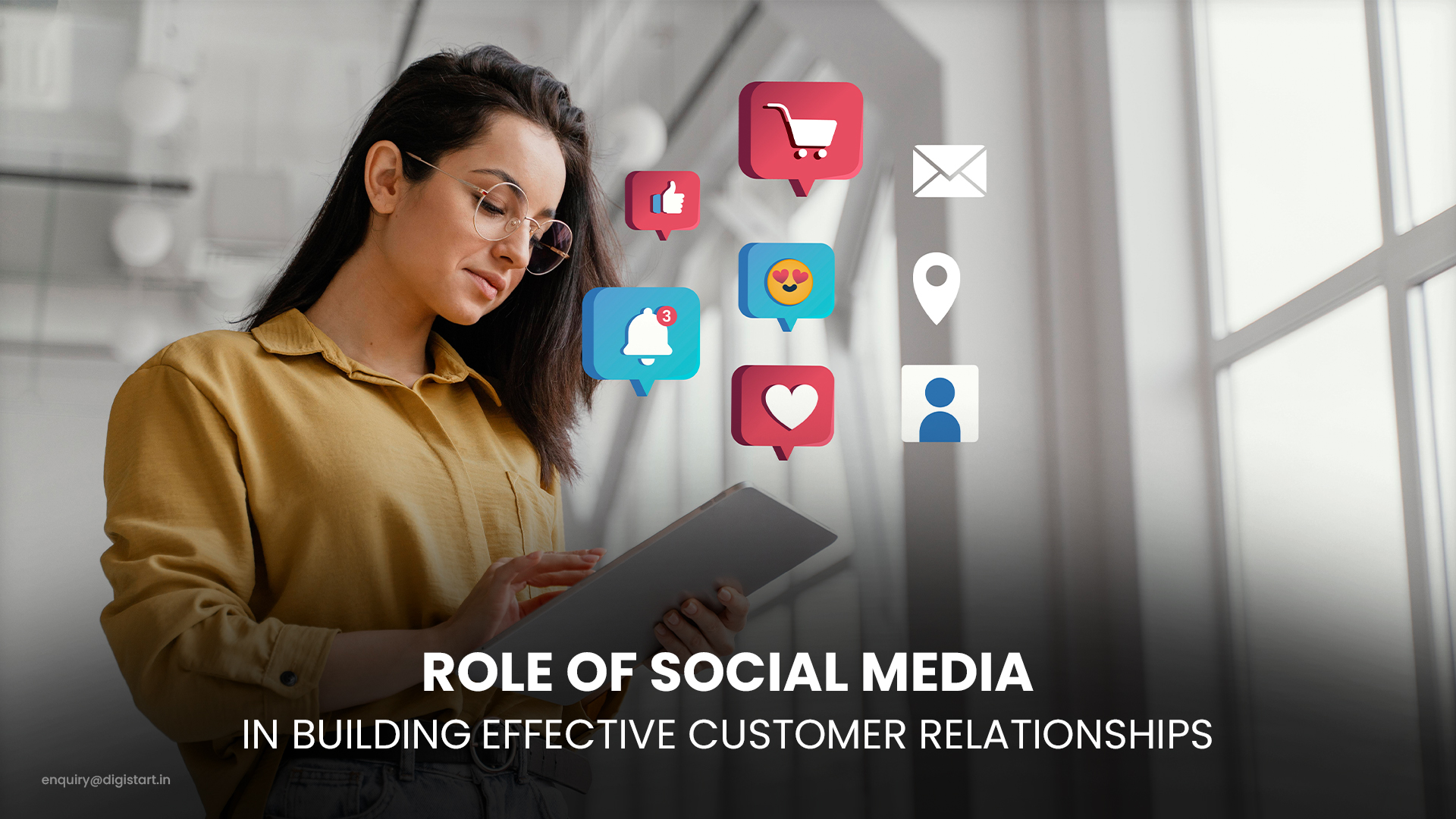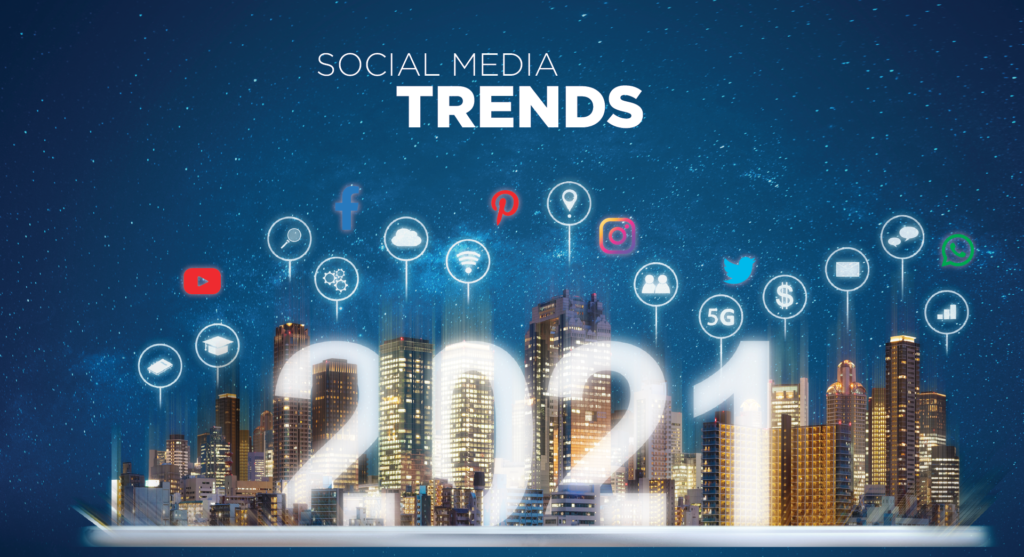 29 Aug 2023
29 Aug 2023
Measuring social media ROI (return on investment) is an essential aspect of the job of any social media manager. It helps you figure out how well your job is going, show how valuable you are to the company, and change your plan as you learn to get better results.
In this post, we'll give you the information and tools you need to show your social ROI and improve it.
What exactly is social media ROI (and why is it important)?
ROI is an abbreviation for return on investment. If you apply that definition to social media, you can figure out how much you made back from the money and time you spent on social media.
In general, social media ROI is a measure of all value-creating social media actions split by the investment committed to achieving those actions. What is the measurable return on your investment of time, money, and resources?
Here’s the formula to calculate ROI for social media:
(Value achieved – investment made) / investment made X 100 = social media ROI
As long as your ROI is greater than zero, your investments are profitable for your company. A negative ROI means that what you put in was more than what you got out of it, which means you lost money
Measuring social media ROI is important since it is essential for developing and refining your social marketing plan. It reveals what works and what doesn't, allowing you to change resources and techniques to be more effective
Understanding and effectively communicating social ROI can also assist you in expanding your social budget and plan. After all, investing money on tactics that deliver more value than it costs is easier to justify
3 ways to increase social media ROI
1. Experiment and improve
Do you use social media ads? Experiment with various audience segments and advertising formats.
There are numerous variables you can test to find out which ones produce the greatest outcomes. When reporting your social media marketing ROI, make it clear what you are learning and how those lessons bring value.
Also, test your organic content. Hootsuite, for example, did a test to evaluate if inserting "Link in Bio" in an Instagram post reduced engagement and reach
Knowing which methods to employ for each social audience is a sure way to boost ROI. This is another reason why you shouldn't cross-post the same content on different social networks without changing it to fit the needs of each one.
2. Gather information and iterate
Social media is constantly evolving. Content, techniques, and channels that are effective today may not be effective tomorrow. Your strategy must be updated and adapted over time.
Are the needs and pain areas of customers changing? Have your company's priorities or resources shifted? What new platforms and technology are influencing your target audience's use of social media?
Are the needs and pain areas of customers changing? Have your company's priorities or resources shifted? What new platforms and technology are influencing your target audience's use of social media?
Remember that just getting this information adds value to your organization. Using the data to guide future revisions of your social strategy is an even more effective way to boost ROI over time.
3. Think about the larger picture
Don't be so focused on short-term ROI that you lose sight of what makes your brand attractive and unique.
Jumping on a trend for the sake of getting likes and comments does not provide value if it upsets your audience or muddies your brand voice. It may potentially harm your brand in the long run.
Remember that the big picture of social media ROI includes results that extend beyond the marketing department. Social media can be used to improve customer service and strengthen relationships between staff members. Both of these are good things that should be counted when figuring out ROI.
Most useful social media ROI tools in 2022
Now that you understand the philosophy behind assessing social ROI, here are some tools to help you along the way
Google Analytics
This free Google analytics tool is a must-have for keeping track of social media-driven website traffic, conversions, and sign-ups.
By designing and tracking a conversion funnel, you can go beyond one-time activities and track the value of your social advertising over time
Google Analytics' tracking technologies have also been updated to allow digital marketers to obtain campaign data without the use of first- or third-party cookies.
Facebook Pixel
The Facebook Pixel is a piece of code that you can add to your website to track conversions from Facebook ads, from leads to sales. This allows you to see the overall worth of each Facebook ad rather than just clicks or instant sales.
It also assists you in increasing social ROI by ensuring that your Facebook and Instagram advertising is shown to the audiences most likely to respond to your content, including through retargeting.
With the installation of iOS14.5 and continuous modifications to the use of both first- and third-party cookies, the efficacy of the Facebook Pixel has lessened. The Conversions API, which collects information directly from your servers, can assist with alleviating these changes.
P.S.: Are you running a small business or starting your brand? You might need a more specialized and professional social media marketing agency like digistart.
Digistart is the best SMM service company in Bangalore that provides digital marketing services, social media marketing services, content marketing, lead generation services and ORM services in Bangalore.




























